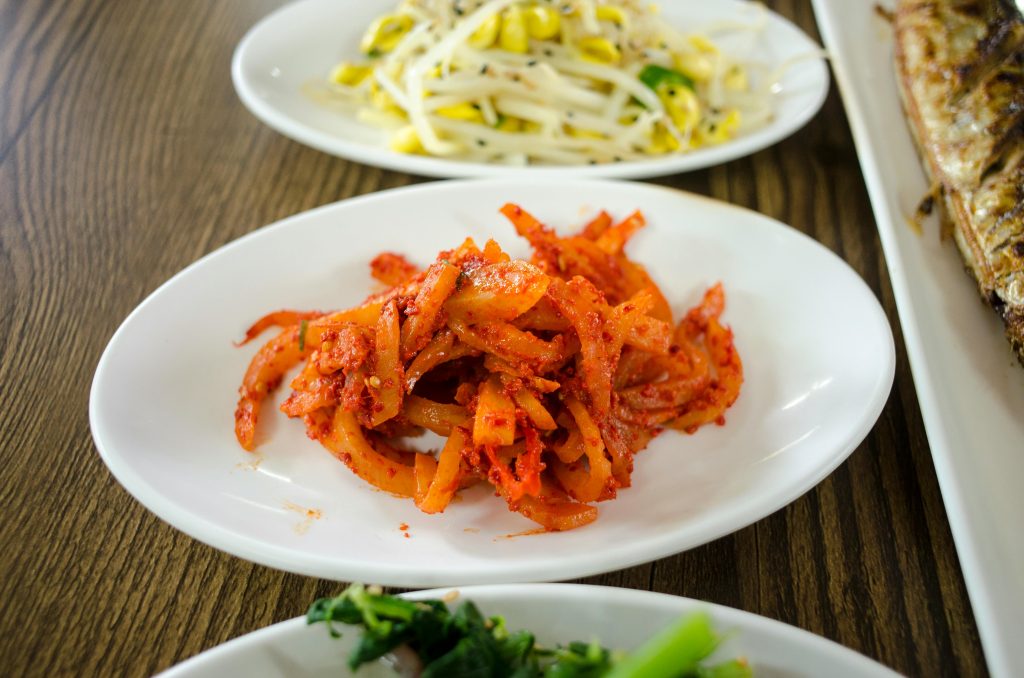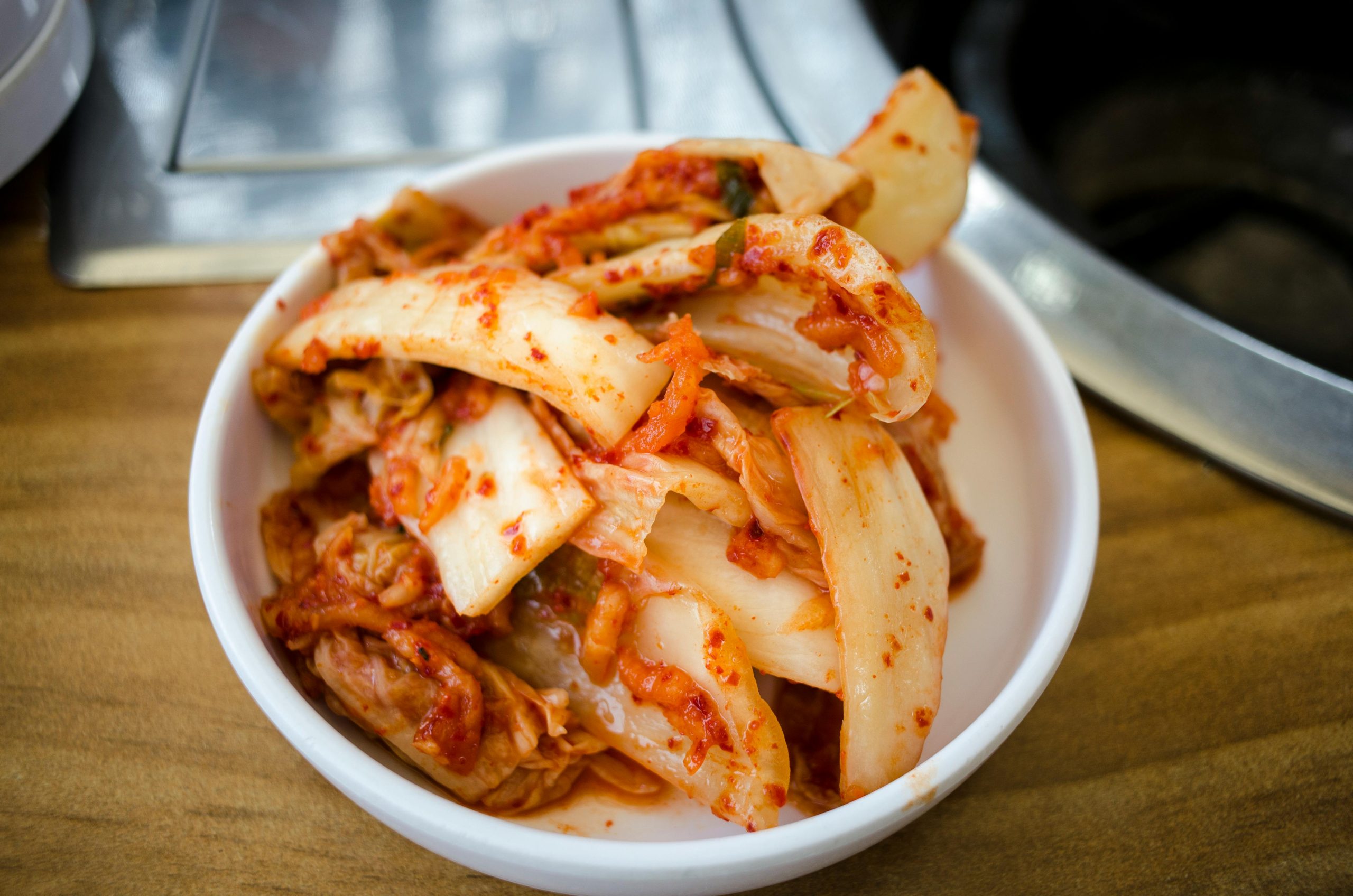Key Takeaways
✔️ Making homemade kimchi is a rewarding and flavorful experience that allows you to explore the art of fermentation in your own kitchen.
✔️ Experiment with different variations of kimchi by adding ingredients like carrots, radishes, or pear for a unique twist on this traditional dish.
✔️ Enjoy the probiotic-rich benefits of kimchi as part of a balanced vegetarian diet, and savor the vibrant flavors of Korean cuisine right at home.
G'day, lovely readers! Today, I'm excited to share with you one of my favorite recipes for homemade kimchi. As someone who loves exploring the world of fermentation and enjoys creating delicious vegetarian dishes, making kimchi at home has become a cherished culinary tradition for me. Join me as we dive into the art of crafting this traditional Korean delicacy right in your own kitchen!
Exploring the World of Kimchi
Kimchi is a beloved Korean dish made from fermented vegetables, most commonly napa cabbage and radishes, seasoned with a blend of spices and seasonings. Not only is kimchi bursting with flavor, but it's also rich in probiotics and nutrients, making it a wonderful addition to any vegetarian diet.
Crafting Your Own Kimchi
Ingredients
- 1 medium-sized napa cabbage
- 1 daikon radish julienned
- 4-5 green onions chopped
- 4 cloves garlic minced
- 1 thumb-sized piece of ginger grated
- 3 tablespoons Korean red pepper flakes gochugaru
- 2 tablespoons fish sauce or soy sauce for a vegetarian option
- 1 tablespoon sugar
- 1 tablespoon salt
- 1 cup water
Instructions
- Begin by cutting the napa cabbage into quarters and removing the core. Cut the cabbage into bite-sized pieces and place them in a large bowl. Sprinkle the cabbage with salt and massage it gently to help soften the leaves. Let it sit for about 1-2 hours, then rinse the cabbage thoroughly and drain.
- In a separate bowl, combine the garlic, ginger, Korean red pepper flakes, fish sauce or soy sauce, sugar, and water to create the kimchi paste. Mix well until the ingredients are fully combined.
- Add the julienned daikon radish and chopped green onions to the kimchi paste, tossing to coat the vegetables evenly.
- Gently fold the seasoned vegetables into the salted napa cabbage, making sure each piece is well coated with the kimchi paste.
- Transfer the kimchi mixture into clean, sterilized jars, pressing down firmly to remove any air bubbles. Leave about an inch of space at the top of each jar to allow for fermentation.
- Seal the jars tightly and let them ferment at room temperature for 1-2 days, then transfer them to the refrigerator to continue fermenting for another 3-5 days, or until the desired level of tanginess is achieved.
- Once fully fermented, your homemade kimchi is ready to enjoy! Serve it as a flavorful side dish, add it to rice bowls, or incorporate it into your favorite vegetarian recipes for an extra punch of flavor.

I hope you enjoy crafting your own batch of homemade kimchi and sharing it with friends and family. Here's to the joy of homemade goodness and the wonderful world of fermentation!

